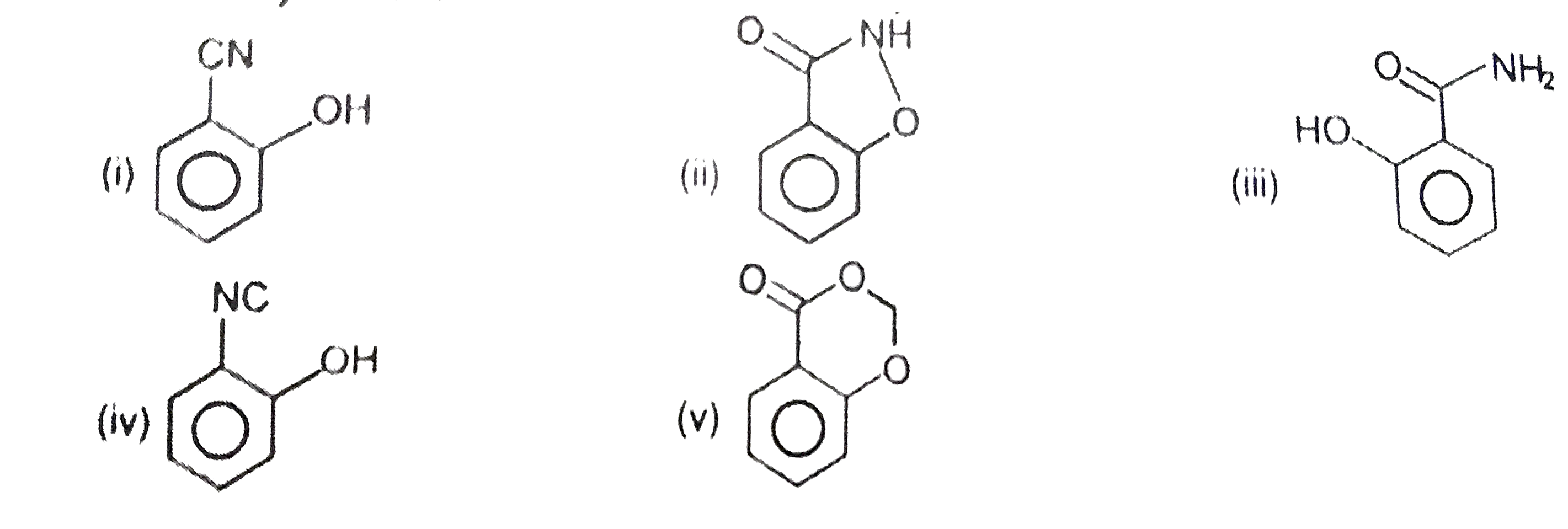EMP can produce a total of how many ATP under aerobic condition.
6
8
24
38 ATP
The correct Answer is:B
To determine how many ATP molecules can be produced from the Embden-Meyerhof-Parnas (EMP) pathway, also known as glycolysis, under aerobic conditions, we can follow these steps:
1. Understanding Glycolysis:
- Glycolysis is the first step in cellular respiration where glucose is partially oxidized to produce pyruvate. This process occurs in the cytoplasm and does not require oxygen, which means it can occur under both aerobic and anaerobic conditions.
Hint: Remember that glycolysis is the initial step of respiration and does not depend on the presence of oxygen.
2. ATP Production in Glycolysis:
- During glycolysis, a net gain of 2 ATP molecules is produced per glucose molecule. This is due to the investment of 2 ATP in the initial steps of the pathway, followed by the production of 4 ATP in later steps.
Hint: Focus on the net gain of ATP, which is calculated by subtracting the ATP used from the ATP produced.
3. Fate of Pyruvate:
- After glycolysis, the pyruvate produced can enter the Krebs cycle (also known as the citric acid cycle) when oxygen is present. This is where further oxidation occurs, leading to the production of additional ATP.
Hint: Consider what happens to pyruvate in aerobic conditions and how it contributes to ATP production.
4. Total ATP from Aerobic Respiration:
- In aerobic respiration, the complete oxidation of one molecule of glucose can yield approximately 36 ATP molecules when considering all stages (glycolysis, Krebs cycle, and oxidative phosphorylation). However, from the EMP pathway alone, we only focus on the ATP generated during glycolysis.
Hint: Differentiate between the total ATP yield from glycolysis and the total yield from complete aerobic respiration.
5. Conclusion:
- Therefore, while glycolysis itself produces a net gain of 2 ATP, the total ATP yield from glucose oxidation in aerobic conditions (including glycolysis, Krebs cycle, and oxidative phosphorylation) is about 36 ATP. However, the EMP pathway alone contributes 8 ATP when considering the entire process of glycolysis and subsequent reactions.
Final Answer: The EMP pathway can produce a total of 8 ATP under aerobic conditions when considering the complete process.
- Glycolysis is the first step in cellular respiration where glucose is partially oxidized to produce pyruvate. This process occurs in the cytoplasm and does not require oxygen, which means it can occur under both aerobic and anaerobic conditions.
- During glycolysis, a net gain of 2 ATP molecules is produced per glucose molecule. This is due to the investment of 2 ATP in the initial steps of the pathway, followed by the production of 4 ATP in later steps.
- After glycolysis, the pyruvate produced can enter the Krebs cycle (also known as the citric acid cycle) when oxygen is present. This is where further oxidation occurs, leading to the production of additional ATP.
- In aerobic respiration, the complete oxidation of one molecule of glucose can yield approximately 36 ATP molecules when considering all stages (glycolysis, Krebs cycle, and oxidative phosphorylation). However, from the EMP pathway alone, we only focus on the ATP generated during glycolysis.
- Therefore, while glycolysis itself produces a net gain of 2 ATP, the total ATP yield from glucose oxidation in aerobic conditions (including glycolysis, Krebs cycle, and oxidative phosphorylation) is about 36 ATP. However, the EMP pathway alone contributes 8 ATP when considering the entire process of glycolysis and subsequent reactions.
Topper's Solved these Questions
Similar Questions
Knowledge Check
Inhibition of sugar breakdown due to the presence of O2 under aerobic condition is called
APasteur effectBWarberg effectCGibbs effectDKutusky effectA can reduce BO2 under which conditions.
 A>1400∘CB<1400∘CC>1200∘C and <1400∘CD<1200∘C
A>1400∘CB<1400∘CC>1200∘C and <1400∘CD<1200∘CPyruvic acid, the key product of glycolysis can have many metabolic fates. Under aerobic condition it forms
ALatic acidBCO2+H2OCAcetyl CoA + CO2DEthanol + CO2
Pyruvic acid, the key product of glycolysis can have many metabolic fates. Under aerobic condition it forms
View SolutionPyruvic acid, the key product of glycolysis can have many metabolic fates. Under aerobic condition it forms
View SolutionPyruvic acid, the key product of glycolysis can have many metabolic fates. Under aerobic condition it forms
View SolutionPyruvic acid, the key product of glycolysis can heve many matabolic fates. Under aerobic condition it forms
View SolutionThe number of glucose molecules required to produce 38 ATP molecules under anaerobic condition by a yeast cell is
View Solution

